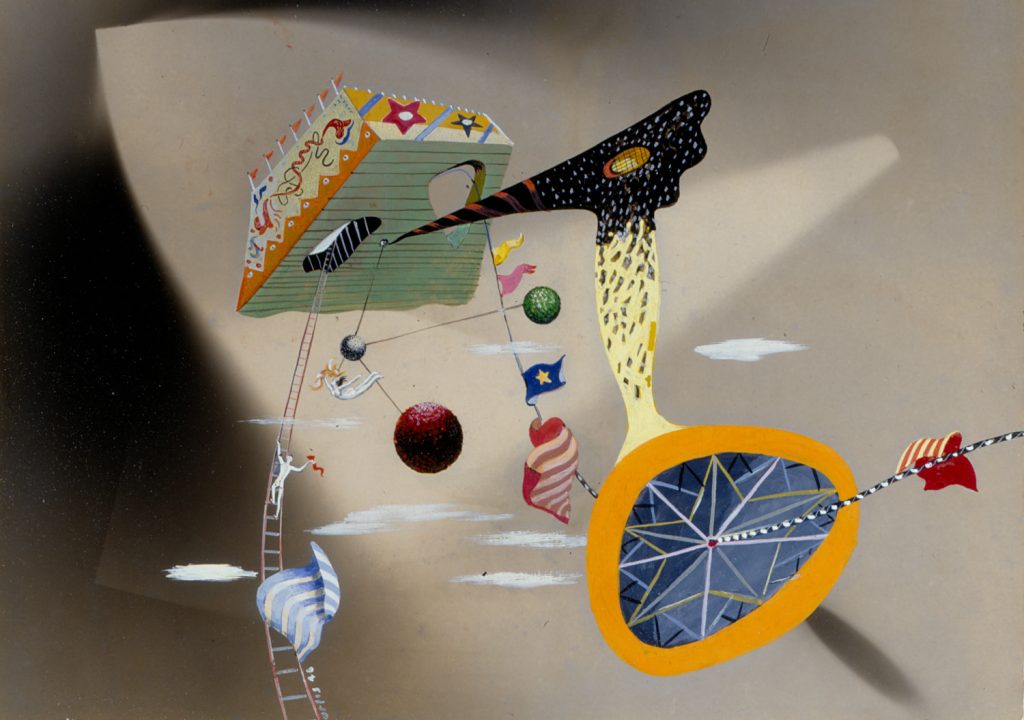American Abstraction During the Thirties and Forties is organized by Phoenix Art Museum. It is made possible through the generosity of the Henry Luce Foundation, with additional support from the Museum’s Circles of Support and Museum Members.
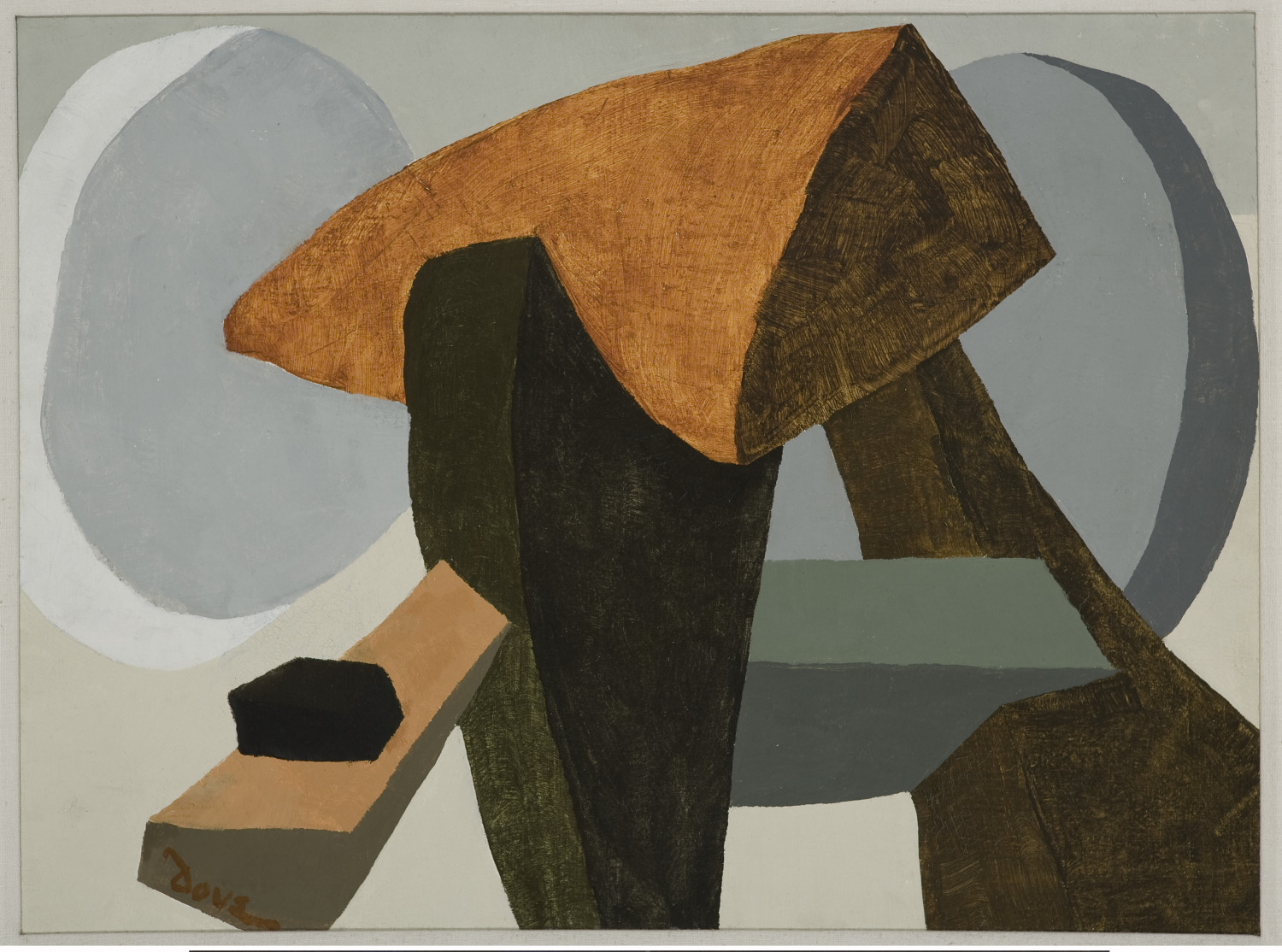
ABOUT THE EXHIBITION
American abstract painting flourished in the period between the Depression and World War II despite ongoing competition with European artists. Many of the leading American painters had studied in Europe during the early part of the century, while others came to maturity at home in the ’30s. Founded in 1936, the American Abstract Artists (AAA) was a group dedicated to exhibiting and promoting non-representational art in New York City. One AAA member declared, “The artist no longer feels that he is ‘representing reality.’ He is actually making reality.” Yet abstraction was slow to gain widespread popular appeal with American audiences, and critics dismissed the work of the AAA as too European. Painter Esphyr Slobodkina summed up this frustrating position saying, “When, finally, in 1936, the Museum of Modern Art did offer its public an exhibition of cubist and abstract art, only European artists were included.” With the outbreak of war in Europe, many avant-garde artists sought refuge in New York City, befriending American artists and collectors. By the dawn of the ’50s, American abstraction and its signature abstract expressionist style made New York City the center of the Western art world.
IMAGE CREDIT
Arthur Garfield Dove, Arrangement in Form II (Composición en forma II), 1944. Oil on canvas. Gift of an anonymous donor.
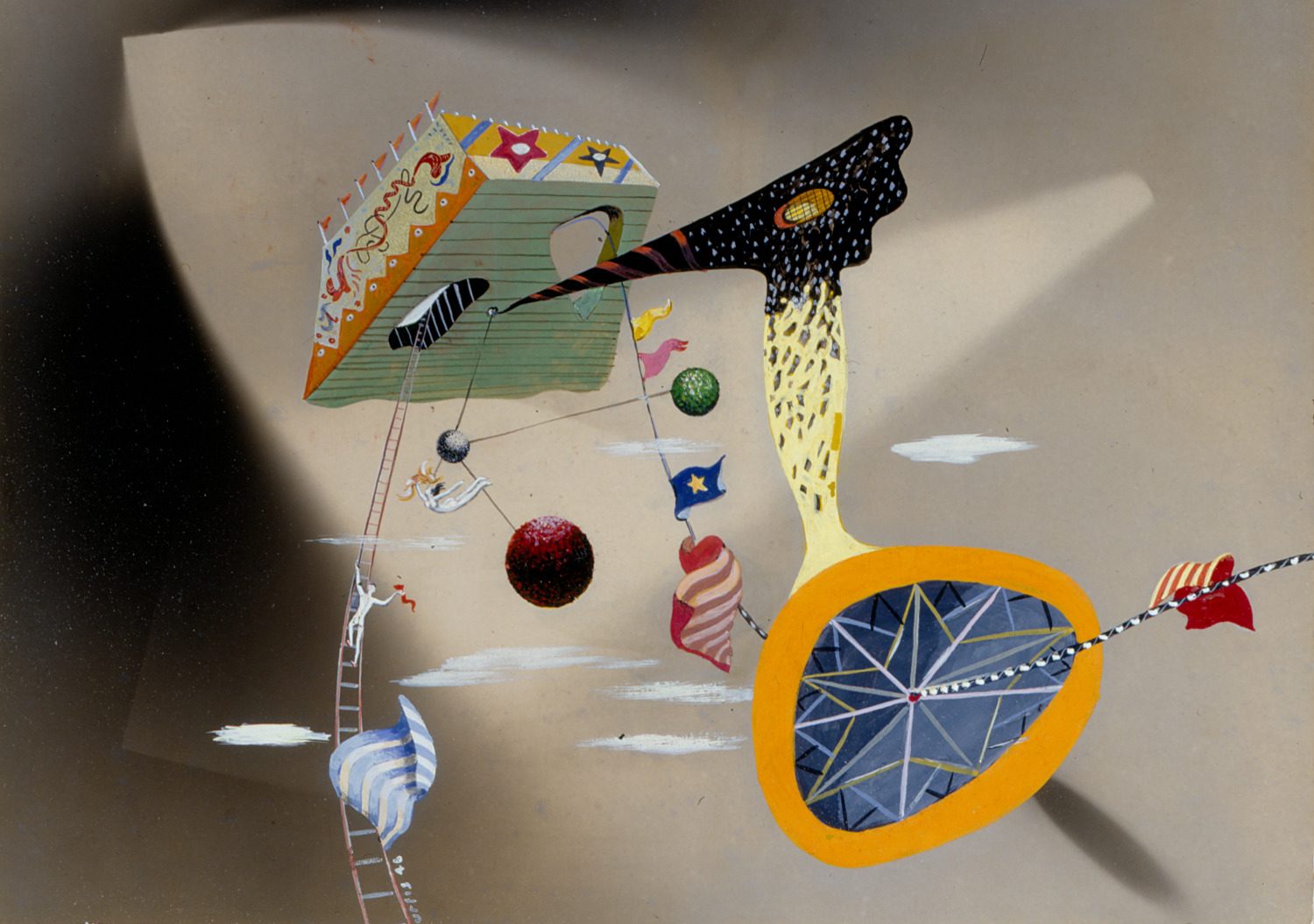
American Abstraction During the Thirties and Forties explores this rich history of American abstract painting through artworks drawn exclusively from the collection of Phoenix Art Museum.
IMAGE CREDIT
Philip C. Curtis, Space Activity (Actividad espacial), 1946. Tempera on paper. Gift of the Philip C. Curtis Restated Trust U/A/D April 7, 1994.
EXHIBITION SPONSORS
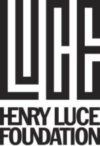
FEATURED WORKS IN THE COLLECTION
Arrangement in Form II (Composición en forma II)
Arthur Garfield Dove, American, 1880 - 1946, 1944, painting, oil on canvas, Gift of an anonymous donor
MoreSpace Activity (Actividad espacial)
Philip C. Curtis, American, 1907 - 2000, 1946, painting, tempera on paper, Gift of the Philip C. Curtis Restated Trust U/A/D April 7, 1994
More
Featuring more than 20,000 objects, the collection spans the globe, bringing the world to our city, and our city to the world.
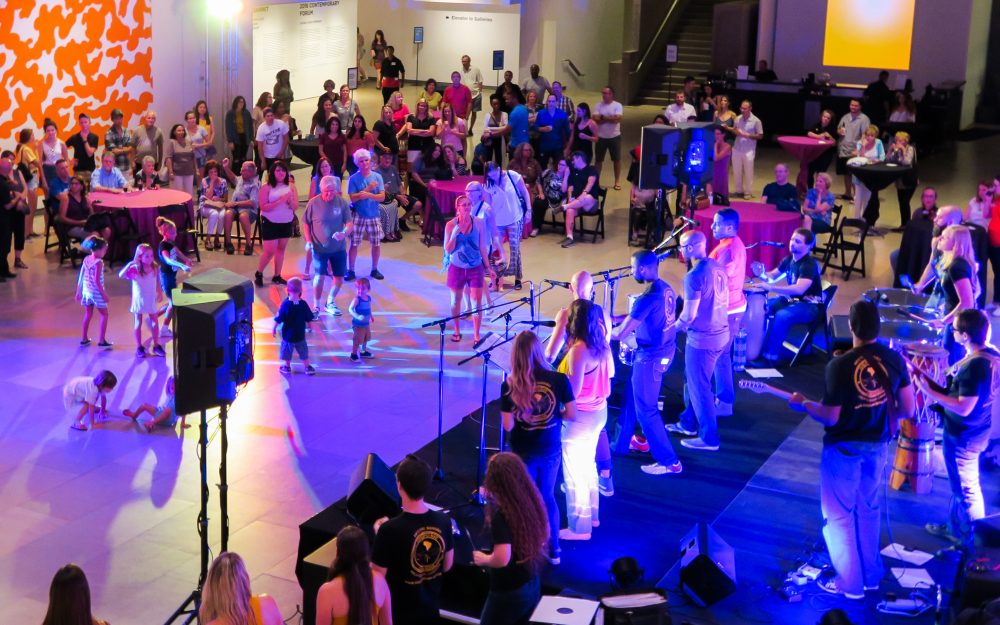
Discover a world of programs, workshops, and more, and experience your museum in a whole new way.
EXHIBITIONS
On view for a limited time, exhibitions present art from across the centuries and the globe, from iconic fashion to Old Master paintings, contemporary photography to historical objects of Asia.
MORECOLLECTIONS
Featuring more than 20,000 objects, the collection spans the globe, bringing the world to our city, and our city to the world.
MORE